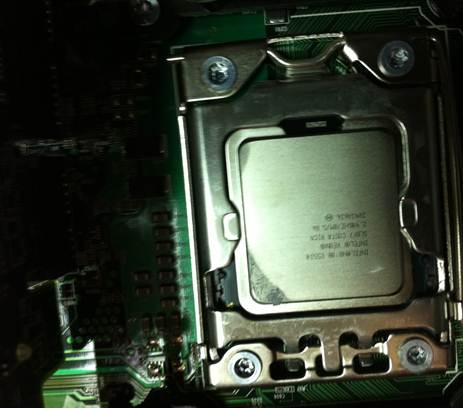One of our Lubbock IT support clients uses both the PS and PCL6 versions of the Xerox Global Print Driver (GPD) in a Windows 2008-x86 clustered print server environment.
To fix an issue that we were having with v5.173 of the GPD, Xerox suggested we upgraded to the current 5.185 version of the driver.
I successfully upgraded the PS language of the v5.185 driver on both print servers without any problems.
The problem appeared after I upgraded the PCL6 driver. I downloaded and installed the PCL6 driver to both print servers. Both servers showed that the update was installed successfully; however, the version of the driver within print management still showed to be v5.173. When I pulled up the printer that was using the driver, the version showed to be the updated version (5.185). When print jobs were sent to printers using the updated PCL6 version of this driver, the print spooler would crash and fail over. This occurred on both print servers. [more]
I was unable to uninstall the driver at this time, because over 40 printers were pointed to this driver. I then modified each printer to use the PS version of the driver. After doing so, I then removed the driver package from the print server through print management. I successfully removed the driver and the package from one print server. On the second print server, I received the following error upon removal: “Failed to remove driver package x2univx.inf. Driver package in use.” The driver itself was no longer listed in the print management window.
I then reinstalled v5.185 of the global print driver on both servers. Printing was successful on the print server on which the driver was removed successfully. However, the print spooler continued to crash on the server which had the error on driver removal. I attempted to remove the driver again, but received the same error. Restarting the print spooler as well as the server after an install but before the removal did not alleviate the issue. At this point, I called Xerox. Unfamiliar with the issue, they suggested I remove some files manually from the print virtual quorum. I completed this process, but the error still occurred upon driver removal.
Finally, I reinstalled v5.173 of the global print driver. After a successful installation, I then attempted to remove the driver. The driver package was removed successfully and installed the new version of the driver (v5.185). I modified some of the printers to use this new driver and printing was successful.

